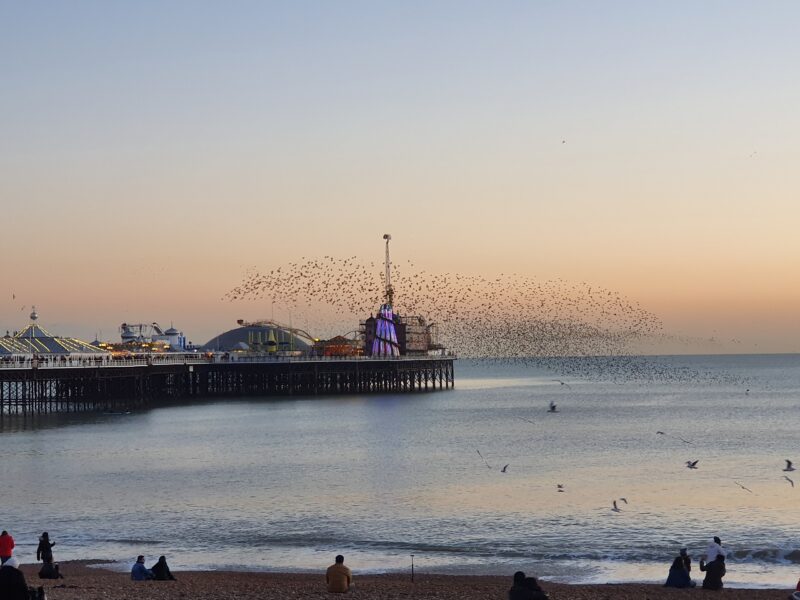Published: 10/02/25 By: Mike Bekin
Piers are as much a part of the British coastline as pebbles and chilly water. Providing an excellent viewpoint along with entertainment and some rather tasty treats, our beaches would not be the same without them. There is quite a long history behind the Great British pier, and we thought we would dive into that in this article, ensuring we can celebrate piers in all of their timber-framed glory.
Why Were Piers Built?
A couple of hundred years ago, some very skilled craftsmen set out to sea to build the very first British piers. These were initially intended as a handy place to moor boats, helping fishermen and sailors get to land safely without damaging their crafts. However, it did not take long for the public to start making use of them, and these impressive examples of engineering became a hotspot for seaside tourists looking for relaxation, amenities and amusements.
When Was the First British Pier Built?
The first-ever pleasure pier in Britain was built on the Isle of Wight. It opened in 1814 at Ryde, and is still standing today! Built entirely of timber (which actually was not too common for Victorian piers), the architects and planners hoped it would bring more tourism to the small town, and make it easier for visitors to hop off their boat and reach Ryde by foot.
Popularising the Great British Pier
After Ryde Pier was opened, it took almost 20 years for the next pier – Southend Pier in Southend-on-Sea – which just so happens to be the world’s longest pier – to be completed. Once this happened, the speed at which piers were added to the coastline greatly increased, showing off the country’s skill for timber work and ironmongery, as well as our great love of the seaside.
Many of the suitable timber species we supply have been used on Southend Pier over the years, including Opepe, Keruing, Yellow Balau and Ekki.
Post-War Decline and Resurgence
The post-war era saw a quick decline in pier popularity. People were able to travel abroad more easily thanks to aeroplanes, and the British seaside holiday suffered in the wake of this change. As the years went by, many piers were damaged or left to deteriorate, with a number of fires (such as that of Brighton Pier) and others being demolished.
Working on Modern Piers
Fortunately, the post-war era did not mark the end of the Great British pier! Today there has been a great resurgence in the popularity of piers, with many sites being renovated and given a new lease of life. Hastings Pier is a brilliant example of how these holiday hotspots are being modernised, with a more open space creating a versatile platform for a wide range of events.
Coincidentally, the EcoChoice team were also involved in the construction of Hastings Pier (which was rebuilt after the original burnt down). We supplied the construction team with our beautiful, sustainably sourced FSC Certified Ekki boards, which now make up the vast majority of this wonderfully modern space.
Learn More About Modern Piers?
Not had your fill of Great British piers? No problem! Check out our work on the Colwyn Bay Victoria Pier, which we supplied with FSC Certified Angelim Vermelho for completely new decking, and learn more about how we are helping renovate and revive British piers.
